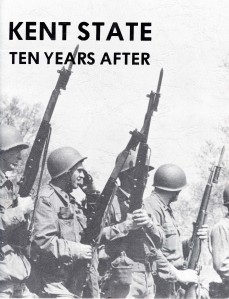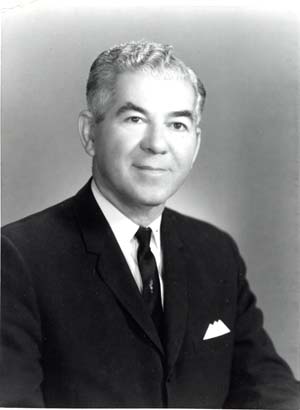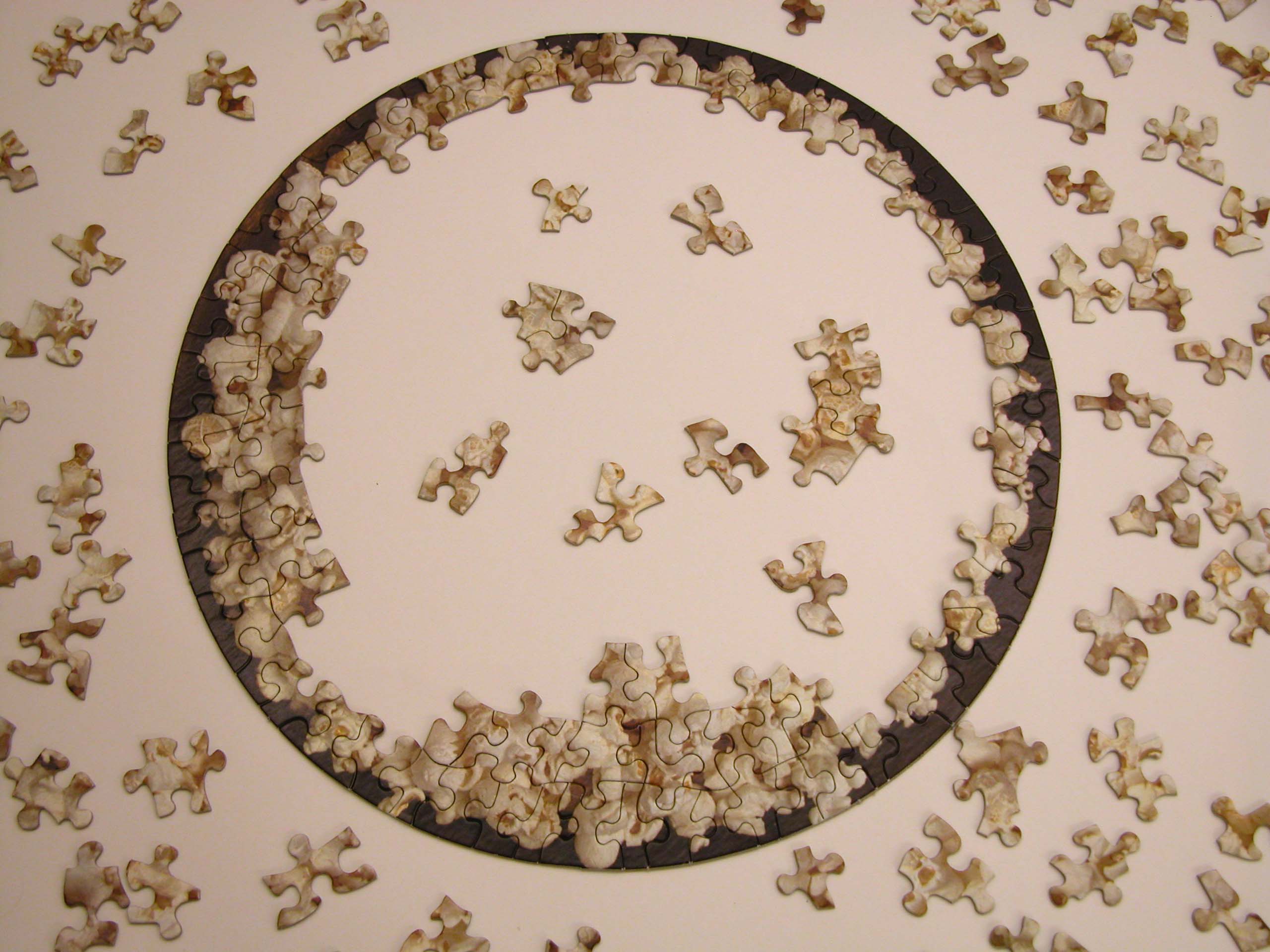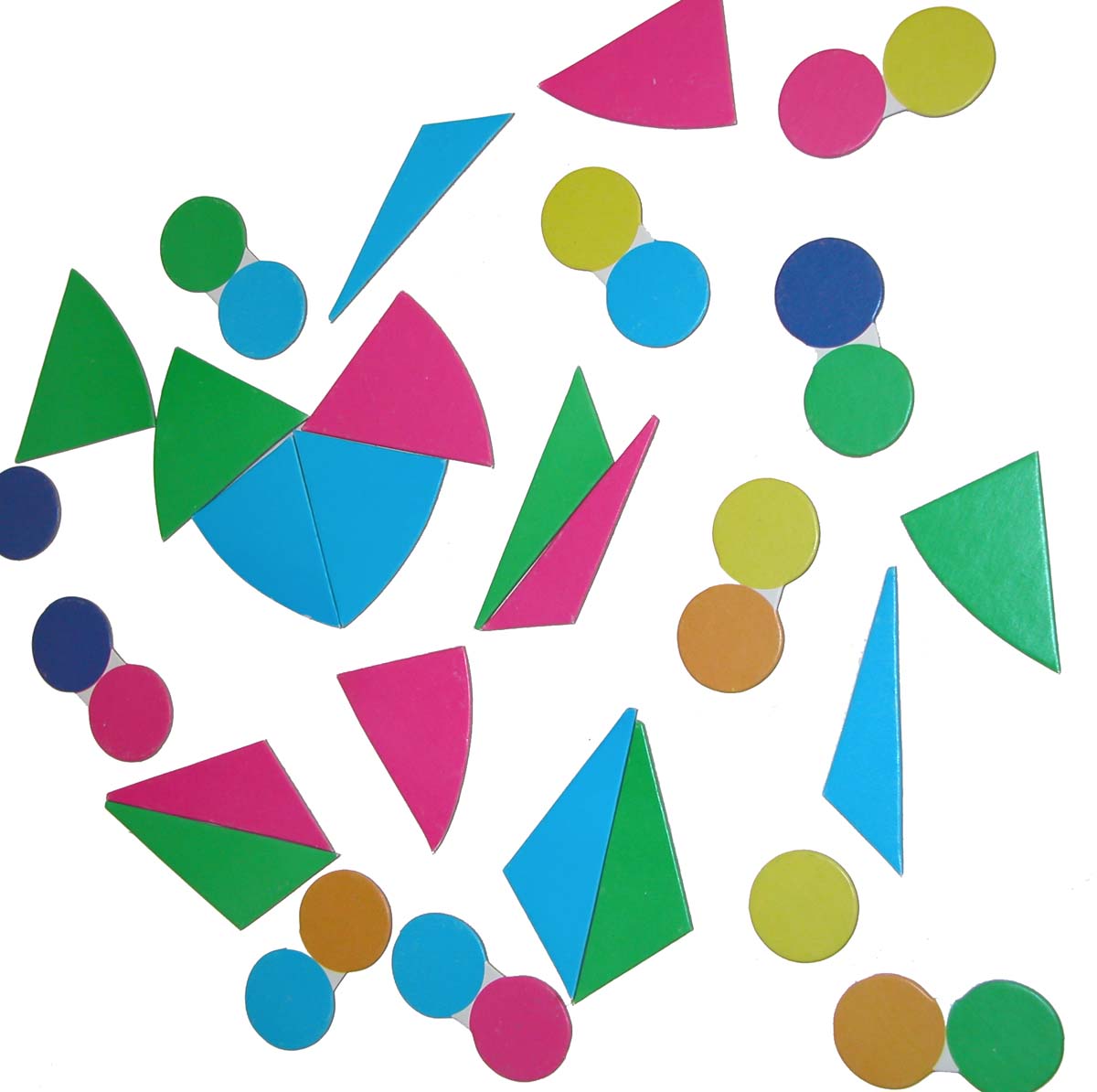
Published by Kent Popular Press and Kent Left Studios Forum in 1980. Cover photo from the Kent State University Archives.
On this day in 1970, the Commons at Kent State University was the place 500+ students gathered to rally against the invasion of Cambodia the day before. This started a train of events over the next few days that culminated in the death of 4 students and 9 others wounded on what is known as the May 4 massacre.
What is has become a powerful and pervasive symbol of many things to different people, it is at very least a fascinating event for research. The strength of the Alternative Press Collection at the Dodd Research Center pertains to the Vietnam era and related unrest with alternative tabloids from the 1960s and early 1970s include Georgia Straight, The Berkeley Barb, and East Village Other. It’s a great resource to learn more about the anti-war struggle that sparked the events of May 1. http://doddcenter.uconn.edu/dodda2z/subjectarea.cfm?Area=1













